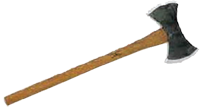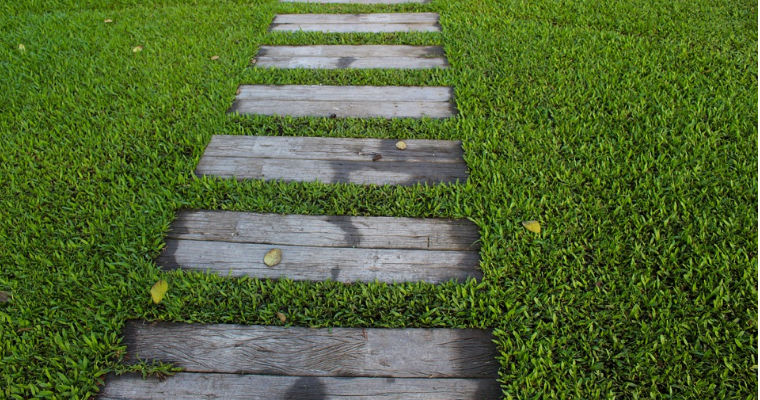When designing your home’s landscape, one of the decisions you’ll have to make is whether to use natural grass or turf.
Synthetic turf, of course, isn’t real, living grass. It’s actually man-made fibers that are designed to look and feel like grass. It’s become a popular alternative to natural grass in recent years, with homeowners throughout Texas choosing it for their lawn.
But there are advantages and disadvantages to using both natural grass and synthetic turf, so you should familiarize yourself with their nuances before choosing one for your landscape.
Water Requirements
Since it’s not living grass, synthetic turf doesn’t require water like natural grass. You don’t have to worry about your synthetic turf drying out. Even during dry spells with little or no rain, synthetic turf will retain its original lush green appearance.
Price
If you’re on a budget, you’ll probably want to avoid using synthetic turf in your landscape. According to HouseLogic, synthetic turf costs about $5 to $20 per square foot. For a 300-square-foot lawn, that means synthetic turf will run about $1,500 to $6,000.
In comparison, you can plant natural grass seed for about $100 to $200, including fertilizer and all the necessary tools.
Pests
Synthetic turf isn’t susceptible to pests. When growing natural grass, you may discover beetles, worms, slugs and other pests devouring your lawn. With its man-made composition, though, synthetic turf doesn’t suffer from this problem. It’s completely protected from all common lawn pests.
Soil Erosion
A benefit of natural grass that’s often overlooked is its ability to prevent soil erosion. After planting natural grass seeds, the grass will grow roots deep below the soil, essentially holding the soil together. As the roots spread, it creates a mesh-like layout that discourages and protects against soil erosion.
Synthetic turf, on the other hand, simply rests atop the soil. It doesn’t grow, nor does it have roots, leaving your landscape vulnerable to soil erosion.
As you can see, there are pros and cons associated with both natural grass and synthetic turf. If you’re going to plant natural grass in your Texas home’s landscape, however, you should use a variety that’s native to The Lone Star State.
Some of the most popular varieties of natural grass among Texas homeowners include the following:
- Bermuda grass
- St. Augustine grass
- Buffalo grass
- Blue grass
- Zoysia grass
- Bent grass
- Carpet grass
The Woodsman Company offers tree planting, tree pruning and shrub trimming, tree removal and stump grinding as well as a tree wellness program.
If we can help with any of your tree care needs give us a call at 512-846-2535 or 512-940-0799 or

